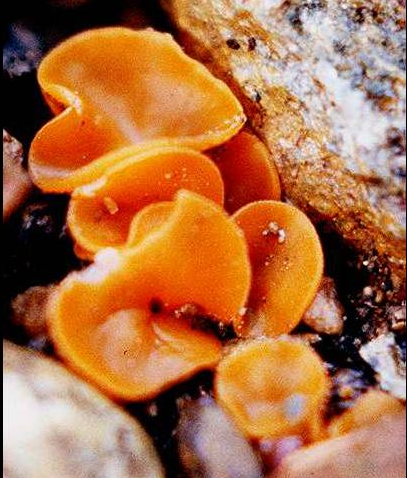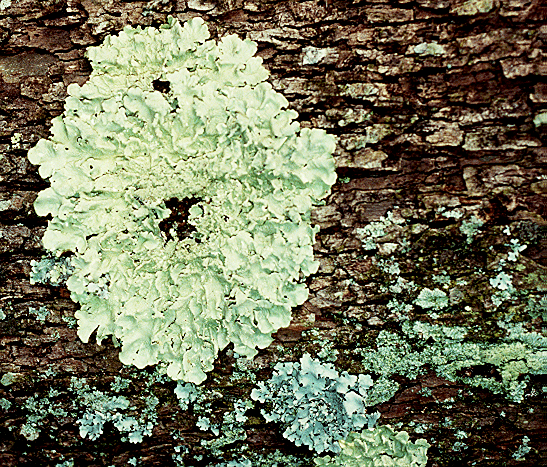Interactions: "There's, like, Orange Peel Fungus on some dead stuff. Why should I care?"
Orange Peel Fungus and
Decomposition
In reality, you should care deeply about the existence of Orange Peel Fungus. As a saprobic organism, or decomposer, it has quite an important ecological niche. Aleuria aurantia, specifically, is a tertiary decomposer, and it relies on other fungi that are primary and secondary decomposers to break down dead organic material, so that it can further break down complex molecules.
Once Aleuria aurantia finishes decomposing with its special exoenzymes, it absorbs some of the molecules for its own nutrition. The rest of the molecules from the original matter, including hydrogen, carbon, and nitrogen, are returned to the soil. At this point, plants and soil-dwelling organisms absorb these "recycled" molecules; they are entirely reliant on fungi such as Aleuria aurantia for these processes of decomposition.
Orange Peel Fungus and Plants
As humans, plants are
valuable resources; we rely on plants for food, medicine,
and the support of entire ecosystems through primary
productivity. Because plants rely on fungi to break
down nutrients into usable forms, we should be thankful for saprobic specimens like Aleuria aurantia.
Note: Some parasitic fungi, such as
Phytophora infestans, the fungus responsible for
potato blight, are harmful to plants. The
Orange Peel Fungus, however, is saprophytic and not
parasitic.

Many fungi in the phylum Ascomycota also form mutualistic relationships between green algae or cyanobacteria in the form of lichens. Aleuria aurantia is a rare exception, as it is an Ascomycete that does not form lichens. For more information on this symbiosis between other organisms and fungi click here.